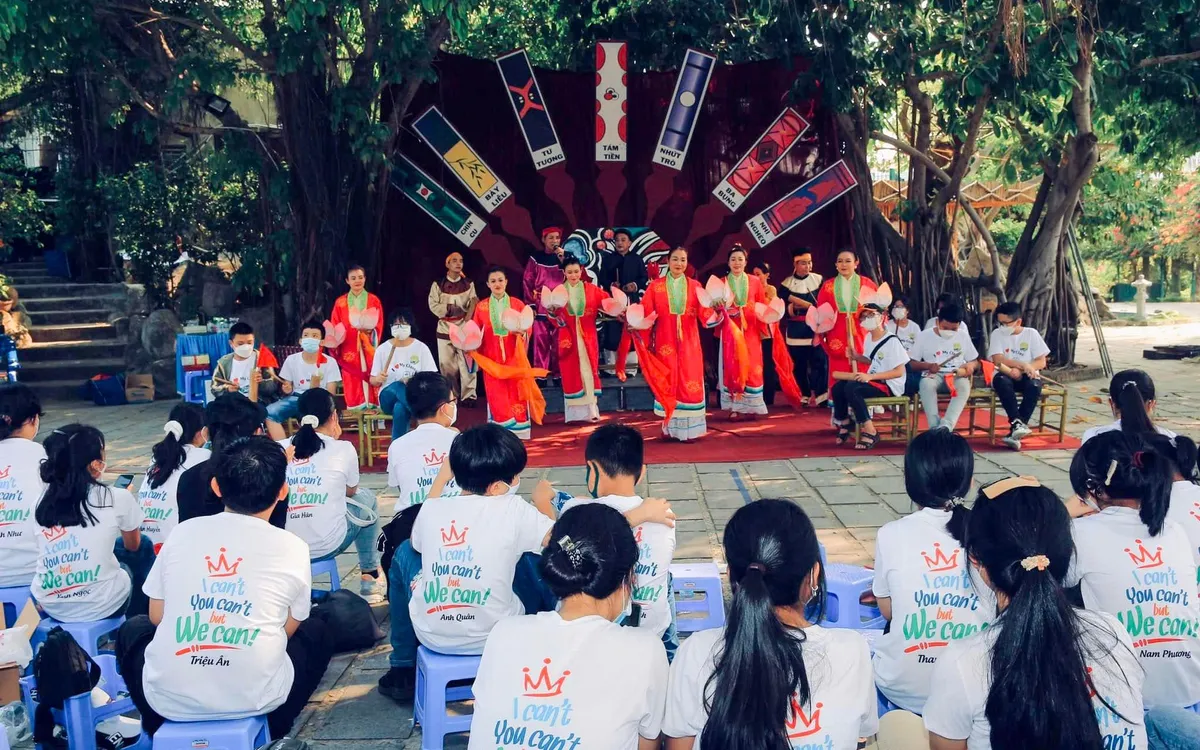
Performing Bai Choi singing. (Photo: Chu Quang Minh)
In Khanh Hoa , one of the major centers of Bài Chòi, this heritage is not only preserved as a treasure but also facing new opportunities to reach the public, promising a journey of sustainable and creative development.
Origin of Bai Choi
The origin of Bài Chòi stems from the working life of the people around the 17th-18th centuries. To protect crops from wild animals, people built tall watchtowers. From these watchtowers, they came up with a way to communicate with each other through songs and chants to relieve boredom, thus giving rise to a unique folk game.
In Khanh Hoa, one of the localities with the early and strong formation and development of Bài Chòi, this genre was initially a form of folk entertainment for the farming and fishing communities. Over time, it developed into a real performing art activity, with the integration of elements of antiphonal singing, storytelling, and excerpts from plays, becoming an indispensable part of the spiritual and cultural life of the local people. The Bài Chòi performance movement in Khanh Hoa has developed strongly since the 1960s.
Bài chòi has developed into a true performing art activity.
On December 7, 2017, the art of Bài Chòi in Central Vietnam, including Khánh Hòa, was honored by UNESCO as an Intangible Cultural Heritage of Humanity. This is an international recognition of the unique value of the heritage, and at the same time, it also sets a great task and responsibility for the work of preservation and promotion.
Efforts to comprehensively preserve and maintain the spirit of heritage
Faced with the challenges of the risk of extinction and competition from modern forms of entertainment, Khanh Hoa province has implemented drastic and systematic actions. Most notably, the Provincial People's Committee approved the Project "Protecting and promoting the value of the intangible cultural heritage of the art of Bai Choi Khanh Hoa" for the period 2020-2023, with a total budget of more than 6.7 billion VND.
Affirming these efforts, Mr. Le Van Hoa - Deputy Director of Khanh Hoa Department of Culture, Sports and Tourism said that in order to implement the contents of the UNESCO Convention, recently, the province has issued a Project on Preservation and Promotion of the Value of Intangible Cultural Heritage of the Art of Bài Chòi; organized many training courses, disseminated knowledge and performance skills; organized Bài Chòi festivals of different scales; introduced Bài Chòi in schools in the form of dramatization; organized Folk Bài Chòi Clubs and developed a project on applying information technology to manage Bài Chòi data. All of these aim to preserve and pass on the folk art of Bài Chòi to the people and future generations, thereby creating a foundation for the art of Bài Chòi to become more and more popular and spread far and wide.
These efforts are demonstrated through specific activities such as heritage documentation, in which the province restores, films, documents performance skills and prints them on DVDs, and publishes books recording scripts for storage and promotion. In addition, there is the construction of a performance space, with a 9-chamber Bai Choi singing venue being restored on a pilot basis in Ninh Hoa commune for regular operation. The cultural sector also coordinates with the education sector to bring Bai Choi into schools through the "school stage" model, along with focusing on discovering, nurturing and honoring artisans. Currently, Khanh Hoa has more than 20 clubs and more than 350 artisans who are preserving and spreading this art.
Challenges and suggestions for the future
Despite many efforts, Bai Choi in Khanh Hoa still faces significant challenges. It is at risk of fading away as the artists get older while the younger generation is less interested in this traditional art form. It is under pressure to innovate to attract tourists but also carries the risk of "theatricalization", losing the rustic folk spirit.
Card set.
In order for heritage to truly "live" and "touch" the modern public, the application of technology and digital media is considered a potential direction. Some suggestions include building a comprehensive digital database of Bài Chòi to serve as a foundation for long-term preservation and promotion; creating modern media content such as short videos, podcasts or interactive campaigns on social networks to help heritage reach young people more effectively; applying technology such as virtual reality (VR/AR) and developing in-depth experiential tours to bring visitors new and attractive ways to enjoy Bài Chòi.
With a rich history, remarkable conservation efforts and a clear development vision, Bai Choi Khanh Hoa is on a promising journey. By harmoniously combining the appreciation of the "soul" of heritage and the creative application of technological thinking, Bai Choi of Tram Huong will certainly continue to spread its strong vitality, not only in the local community but also reaching out to domestic and international friends.
Source: https://vtv.vn/bai-choi-khanh-hoa-gin-giu-hon-cot-di-san-huong-toi-tuong-lai-100250731104956952.htm


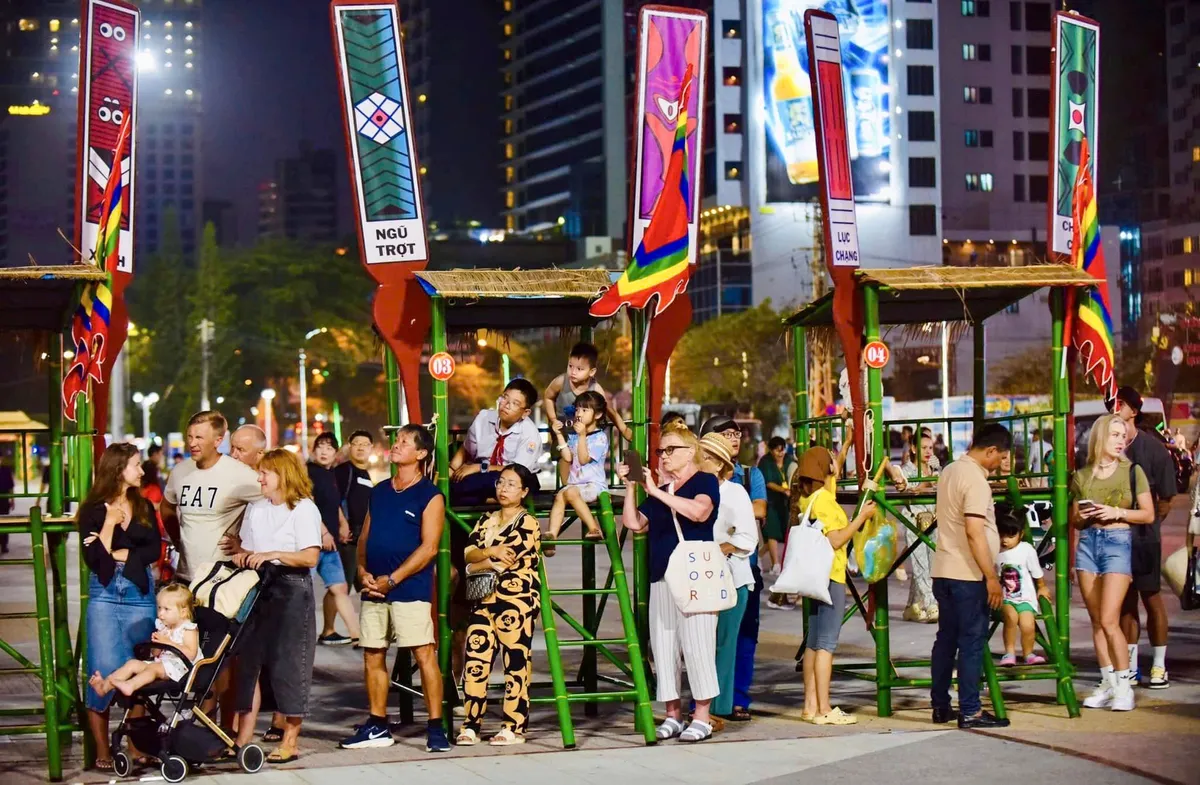
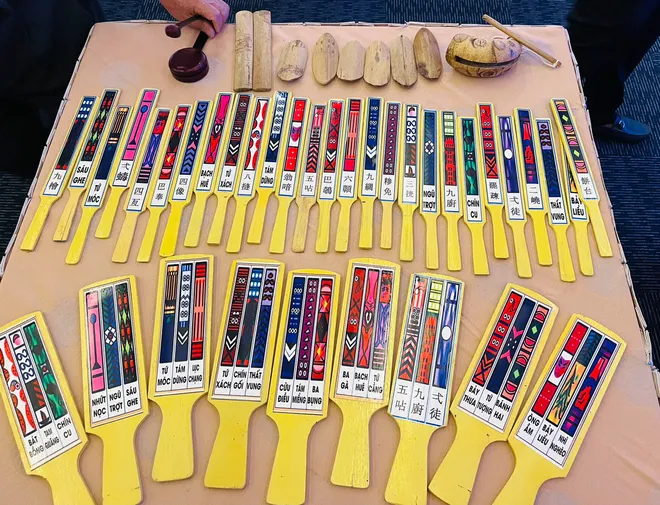
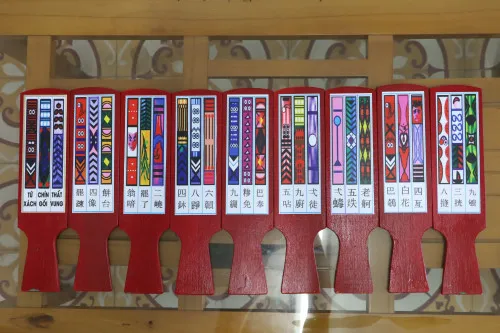
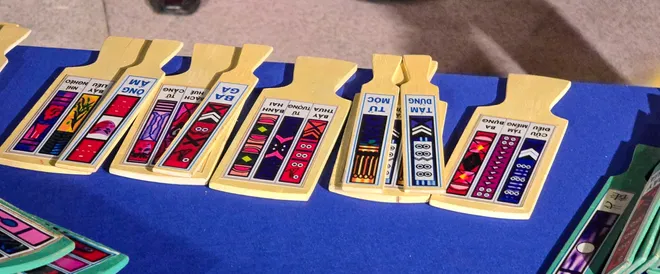


![[Photo] Da Nang: Hundreds of people join hands to clean up a vital tourist route after storm No. 13](https://vphoto.vietnam.vn/thumb/1200x675/vietnam/resource/IMAGE/2025/11/07/1762491638903_image-3-1353-jpg.webp)



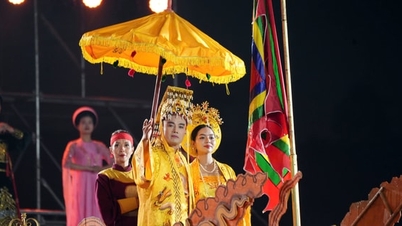

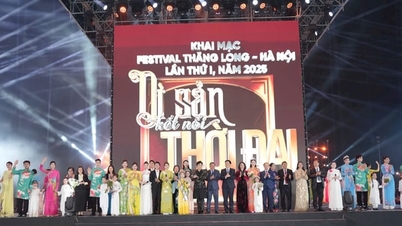






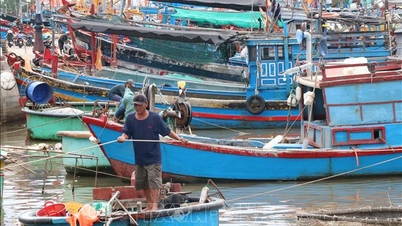



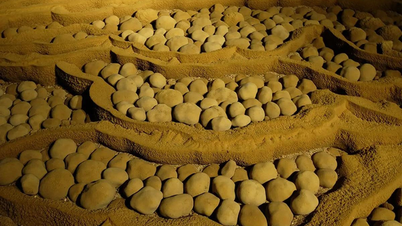

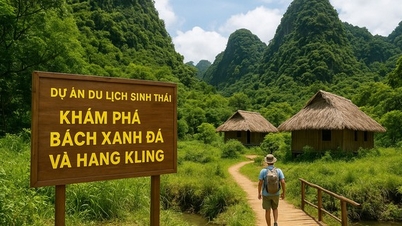



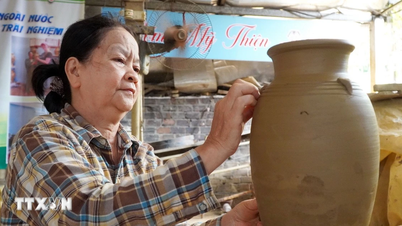


















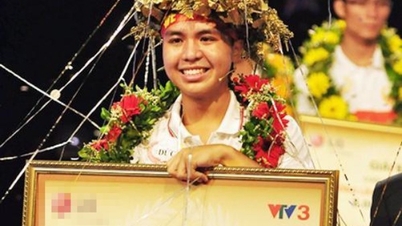



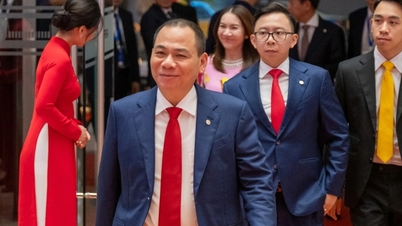


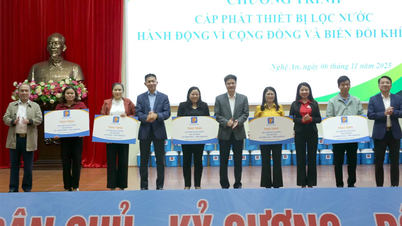


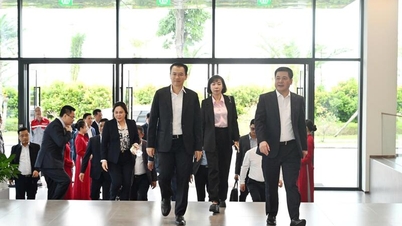
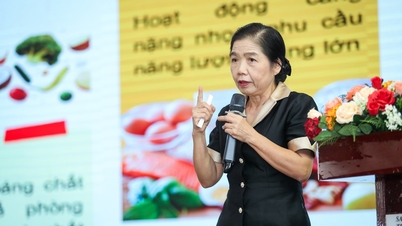













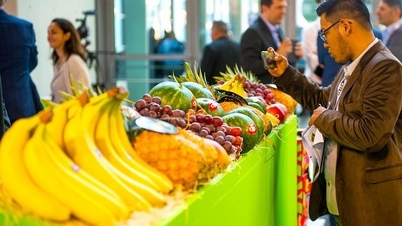


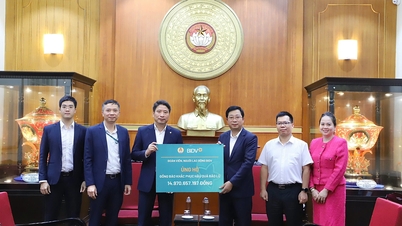

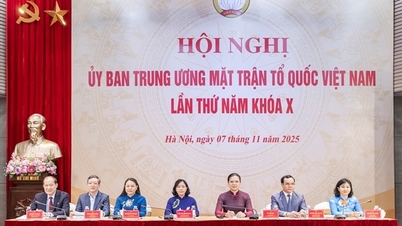
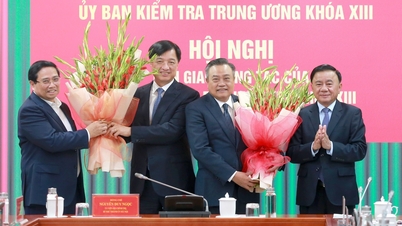
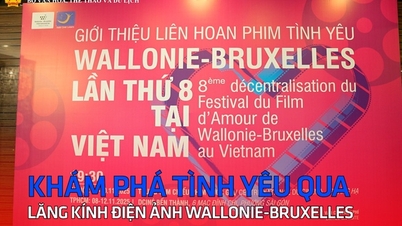



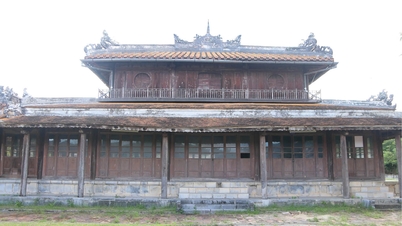

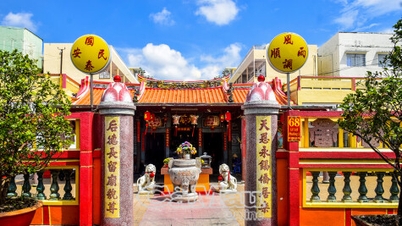



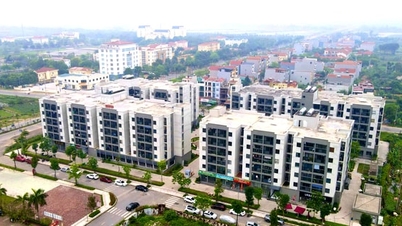














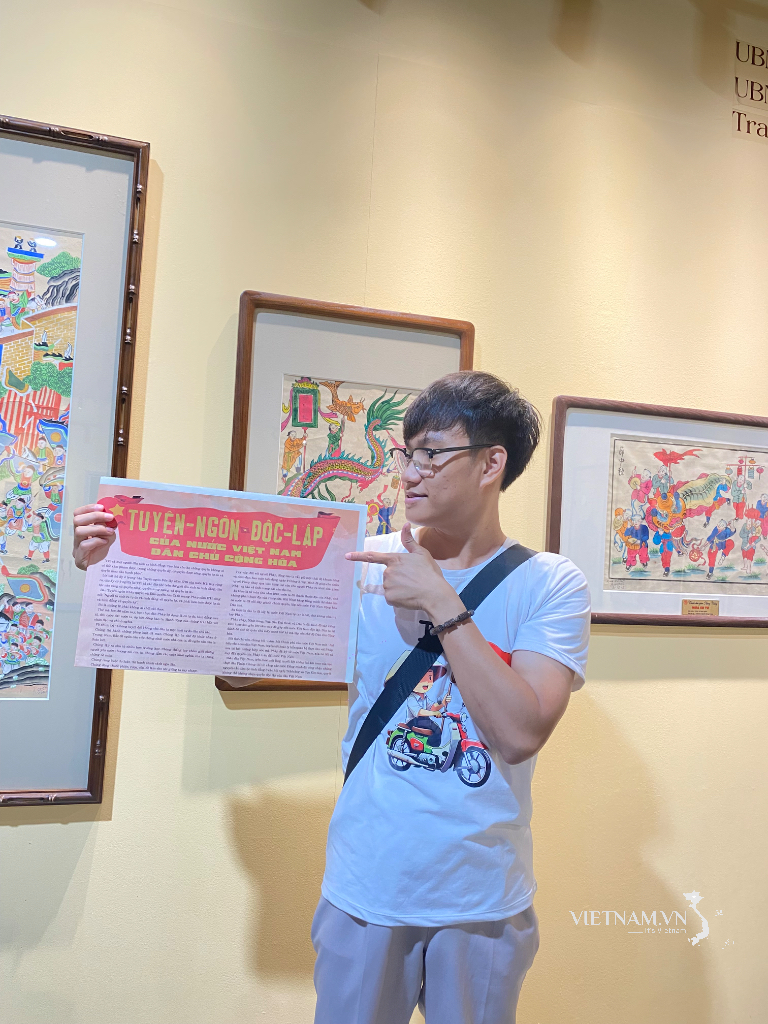
Comment (0)